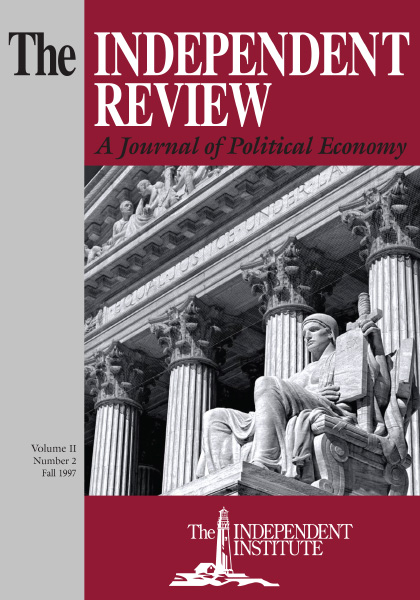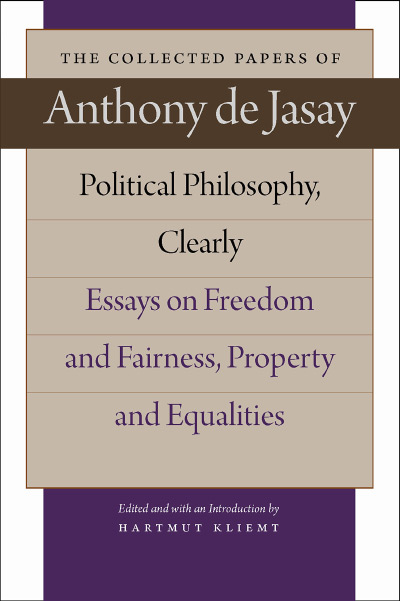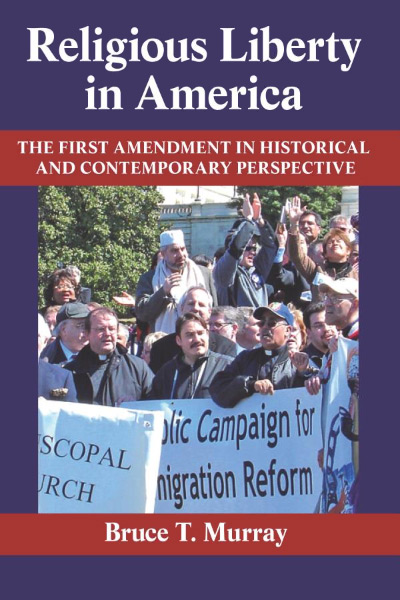This book deals with two key aspects of the public image of American Indians in the United States today: their advocacy of respect for nature and their poverty. Regarding nature, Anderson seeks to defend the thesis that “rather than promulgating myths that societies can solve their economic and social problems only by consciously choosing to revere and respect plant and animal communities, we should learn from American Indians that it is the institutional environment that matters most” (xv). Similarly, poverty can also be explained by an analysis of institutions. The book applies the ideas of the property-rights school of political economy to seek understanding of aboriginal Indian economies, the dynamics of interaction between natives and settlers on the American frontier, and today’s reservation conditions. Anderson clearly explains that institutional barriers were not freely chosen by tribes.
By putting the sole emphasis on institutions, the author precludes careful examination of the balance of causes of Indian poverty today. One should expect both the expropriation of Indian property in the past and the exercise of federal control over remaining reservation resources throughout most of the twentieth century to have had effects. Some tribes—such as the Taos Pueblo—are very clear in stating that they do not necessarily want economic growth if the impact on their environment is too great; this cultural factor should also be included. Surely, resource endowment, community goals, and governing institutions all have influence.
The first chapter, “Culture, Property Rights, and Paradigms,” provides the reader with a review of the property-rights paradigm, with brief references to competing paradigms. The second chapter, “The Red Man’s Law,” starts the substantive analysis. Anderson identifies the existence of usufruct tenure systems and the defense of territories by bands of Indians as evidence that private ownership existed among Indians prior to contact. This argument uses an unusually broad definition of private ownership. Many Indian communities allocated individuals use rights to land and particular resources without at the same time allowing users to sell the land or the resource use rights. The Iroquois and Hopi, for instance, recognize use rights but prohibit sales by individuals. The hunting territories of the Cree are individually allocated and can be inherited, being passed down from father to son; but sales were not and are not permitted. In the presence of use rights rather than full private ownership, how can political economy show that precontact Indian societies “got the incentives right”? Anderson concludes that they did get the incentives right. But Indian leaders were adamant on the prohibition of land sales as part of the incentive system that provided respect for the land. This particular puzzle remains unrecognized and unsolved in this book.
The third chapter, “Adaptation for Survival,” examines the changes the horse created among Plains Indians, using the framework of the evolution of cultures. As a result of using the horse, Anderson predicts, hunting conditions would cause a decline in average group size, and warfare would cause an increase. He does not make clear, however, which effect predominated. The chapter is strongly functionalist in its examination of social evolution. In addition, the possibility that the effect of using the horse depended on whether a group had previously been hunter-gatherers or farmers is not explored.
The next three chapters examine particular aspects of frontier expansion. The fourth chapter, “The Political Economy of Indian-White Relations,” asserts that the best explanation for the observed increase in Indian wars after the Civil War is that a standing army needed someone to fight. Chapter 5, “Bureaucracy versus Indians,” explains how the alliance of settlers, politicians, and the emerging Indian Office led to a reduction in the Indian land base. The chapter provides a useful review of the work of Lee J. Alston and Pablo T. Spiller and of Leonard A. Carlson on the dynamics of land expropriation during the allotment period. The iron-triangle theory could also be applied to Indian irrigation projects, as explained by J. A. McDonnell in The Dispossession of the American Indian, 1887–1934 (Bloomington: Indiana University Press, 1991).
“The Legacy of Allotment,” chapter 6, explores the impact of individual and trust tenure on selected economic outcomes. By 1934, the allotment policy had created “checkerboard” reservations throughout the country, with the exception of some reservations in Arizona and New Mexico. Much land on reservations became owned by non-Indians. Land that remained in Indian ownership also stayed under the supervision of the Bureau of Indian Affairs (BIA). The chapter examines the implications of BIA involvement for the use of agricultural and forested lands. Its discussion only scratches the surface of the complications that have occurred on reservations due to the federal government’s role in the management of Indian lands. Issues related to minerals, oil, and gas extraction could also have been included in this chapter. The use of water on and near reservations also deserves coverage. The chapter contains an analysis comparing trust agricultural lands to lands held in fee simple on and near reservations; the test does not plausibly control for land quality, access to capital, or access to water. All capital-access problems are attributed to trust tenure, which is said to prohibit mortgages. The chapter concludes with a review of a study that demonstrated principal-agent theory with data on reservation forestry, showing that Indians earn more on sales that they supervise, as compared to their earnings under federal supervision. Although the example is interesting, larger forest management issues are ignored. For instance, as tribes gain control of their forests, they shift away from exclusive focus on timber production as well as improve their return from timber sales. This chapter, furthermore, is extremely selective in its references to the literature on contemporary land use on reservations.
A thorough comparison of the role of resource endowments as opposed to tribal institutions in explaining Indian poverty would have to give some quantitative assessment of the role of federal management of Indian lands. Although Anderson recognizes the problems with federal trusteeship, the subsequent chapter, “Constitutions and Culture,” focuses primarily on internal tribal issues and the problems with imposed institutions. Anderson repeats the often-noted fact that constitutions adopted by tribes under the Indian Reorganization Act (IRA) were hastily written and flawed in significant ways. He focuses on the lack of compatibility between traditional governing systems and the structures of the constitutions, as well as on the potential for corruption embodied in majority rule without adequate checks and balances. He could also have pointed out that most IRA constitutions gave powers to the secretary of the interior that had no other sources in federal law and that changes to the constitutions required approval of the secretary of the interior as well. Analysis of the incentives in traditional American Indian political institutions would have been helpful. Examples of such alternatives are consensus decision-making, the use of many types of chiefs for different purposes, and the system of checks and balances used by the League of the Iroquois. Many IRA constitutions have fewer checks and balances than does the federal constitution.
Rather than make policy recommendations, the book closes with five lessons. The mistakes of the allotment, reorganization, and termination policy have convinced Anderson and other scholars that support for self-determination by Indians is much better than any recommendation directed at the federal government. But general suspicion of governments, even local ones, informs the lessons. Granted, Indian adoption of sovereignty concepts from European political theory has created problems. The native requirement that political leaders give their wealth away could have been used as another lesson. Because all wealthy individuals were subject to the gift-giving requirements, the implications of such an institution could have been examined as one way in which values supporting sustainable use were enforced and rent seeking avoided. Gift giving may provide a disincentive for capital accumulation; restrictions on capital accumulation would limit economic growth, and limits on economic growth are a requirement for sustainable resource use.
How could one use this book, or what other literature would give balance to the coverage of Indian Affairs? An interesting undergraduate course could be structured around the contrast between political economy as presented in Sovereign Nations or Reservations? and in The Political Economy of North American Indians, edited by John H. Moore (Norman: University of Oklahoma Press, 1993).
The main value of the book is its emphasis on the role of institutions. The primary shortcomings of the book stem from the tendency of the property-rights school of political economy to study economies with primary reference to private property rights and to study governance with an assumption that rent seeking is the major problem of collective action. Consequently, ways in which usufruct tenure, consensus decision-making, and systems of required gift-giving may have enforced respect for nature are not adequately examined. In addition, the author focuses attention on institutional incentives at the expense of giving adequate attention to more mundane causes of Indian poverty such as uncompensated property transfers accomplished by outright taking or administrative regulation.


















